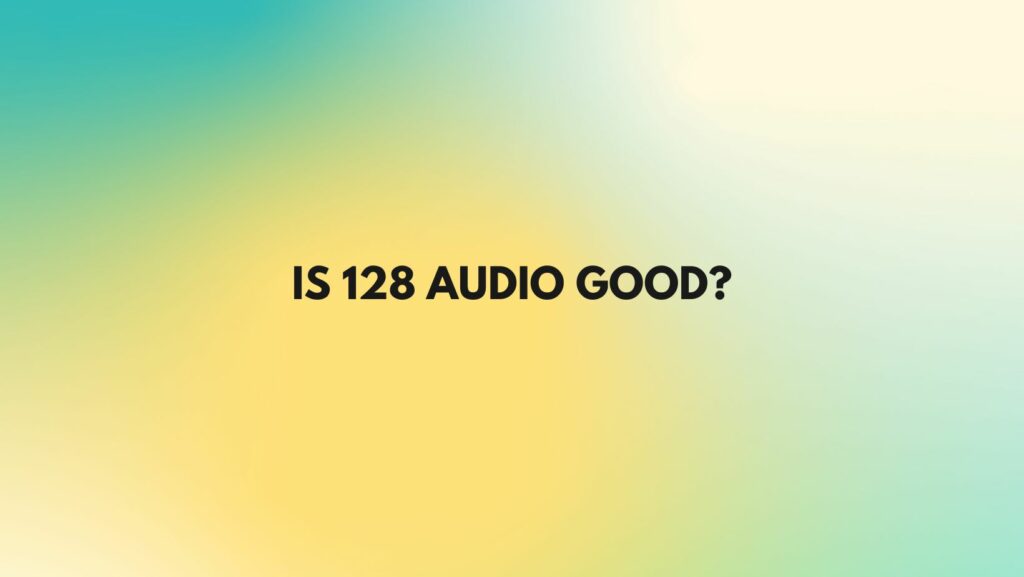n the realm of digital audio, the concept of bit rate plays a crucial role in determining sound quality. Bit rate, measured in kilobits per second (kbps), represents the amount of data encoded into an audio file per unit of time. Higher bit rates generally translate to better sound quality, as they allow for more intricate representation of the audio signal.
Exploring the 128 kbps Frontier
128 kbps is a commonly used bit rate for digital audio, particularly in MP3 format. It strikes a balance between file size and audio quality, making it suitable for portable devices, online streaming, and a wide range of audio applications.
Factors Influencing Audio Perception
The perception of audio quality is subjective and influenced by various factors, including:
-
Individual hearing sensitivity: Hearing acuity varies among individuals, with some being more sensitive to subtle differences in sound quality than others.
-
Listening equipment: The quality of speakers or headphones can significantly impact the perceived audio quality. High-end speakers or headphones with a wide frequency response can better reveal the nuances of high bit rate audio.
-
Musical preferences: Different genres of music may benefit more or less from higher bit rates. For instance, classical music with its rich orchestration may benefit more from high bit rates compared to certain genres of electronic music that may sound acceptable at lower bit rates.
Evaluating 128 kbps Audio Quality
For many listeners, 128 kbps audio can provide a satisfactory listening experience, particularly when considering its efficiency in terms of file size and bandwidth consumption. However, for critical listeners or those with high-end audio equipment, higher bit rates like 320 kbps or lossless formats may offer a more detailed and nuanced sound.
Considerations for Different Applications
The choice of bit rate depends on the specific application and the desired balance between sound quality and file size or bandwidth considerations:
-
Portable devices: For portable devices with limited storage capacity, 128 kbps audio offers a good compromise between file size and sound quality.
-
Online streaming: Music streaming services often use 128 kbps or higher bit rates to provide a reasonable listening experience while balancing bandwidth usage.
-
Audio production and archiving: For professional audio production and archiving, lossless formats like FLAC or WAV are preferred to preserve the full quality of the original recording.
Conclusion: Striking a Balance
128 kbps audio represents a middle ground in the spectrum of digital audio bit rates, balancing file size and sound quality. While it may not provide the ultimate in sonic detail for critical listeners, it remains a viable option for many audio applications and offers a satisfactory listening experience for a wide range of users. The decision of whether to use 128 kbps audio ultimately depends on the individual’s priorities, listening habits, and the specific application at hand.


